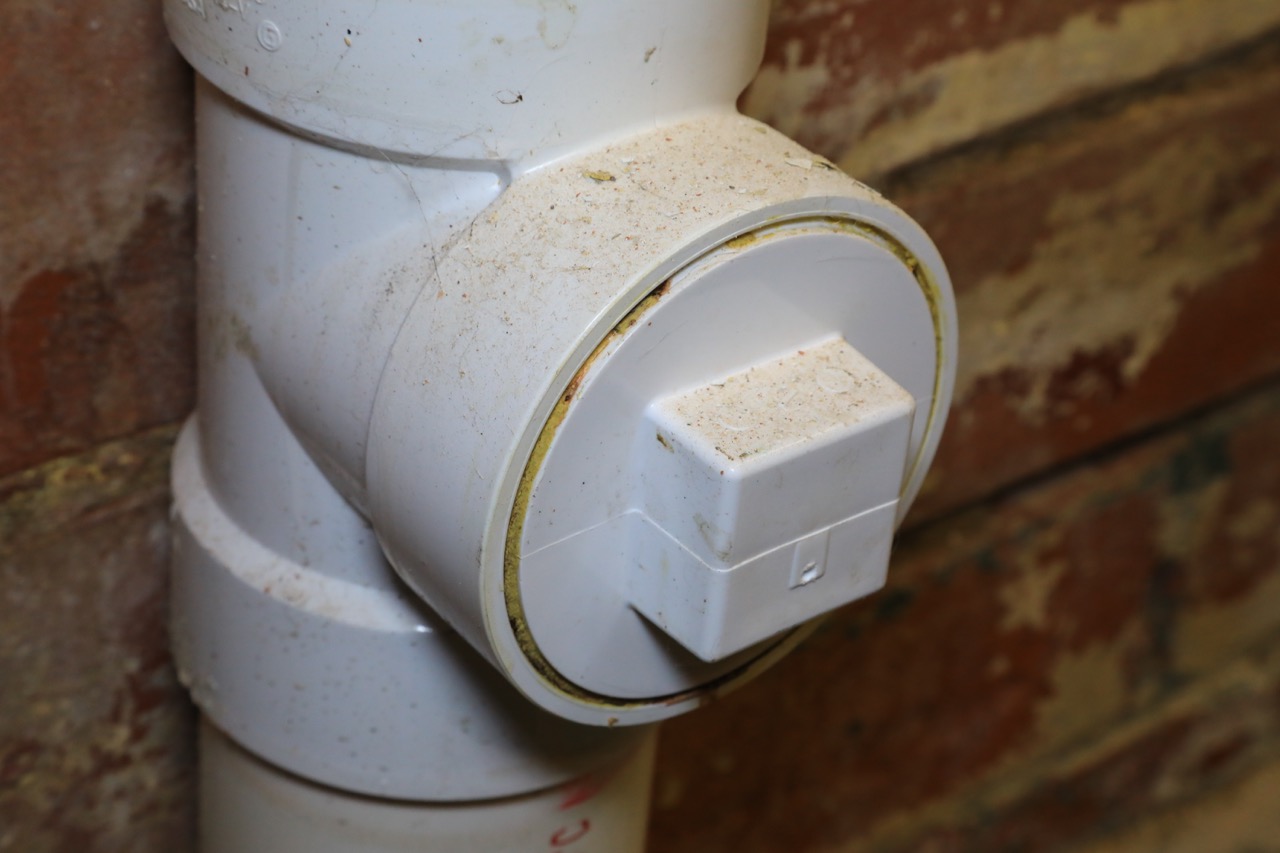

Articles
Where Is The Cleanout For Plumbing
Modified: October 20, 2024
Looking for articles on plumbing cleanout locations? Find out where to locate the cleanout for your plumbing system in this informative guide.
(Many of the links in this article redirect to a specific reviewed product. Your purchase of these products through affiliate links helps to generate commission for Storables.com, at no extra cost. Learn more)
Introduction
A cleanout is an essential component of plumbing systems, providing access points for inspecting, cleaning, and clearing clogs in the pipes. While often overlooked, cleanouts play a vital role in maintaining the health and functionality of your plumbing system. In this article, we will explore the importance of cleanouts in plumbing, discuss the various types of cleanouts, and provide tips on how to locate and maintain them.
When it comes to plumbing, clogs are inevitable. Whether it’s a build-up of hair in the shower drain or food particles in the kitchen sink, blockages can disrupt the flow of water and cause damage to your pipes. Without a proper cleanout, clearing these clogs can be a daunting task, often requiring the use of harsh chemicals or costly plumbing services. That’s where cleanouts come in.
A cleanout is a specialized access point installed in the plumbing system, usually at strategic locations such as the main stack or near fixtures like toilets and sinks. It consists of a capped pipe that extends above the ground or floor level, allowing easy access for drain cleaning equipment or inspection cameras. With a cleanout in place, you can quickly and efficiently address clogs, saving you time, money, and headaches down the line.
So why are cleanouts so important in plumbing systems? For starters, they provide a convenient entry point to access and clear away debris that may be causing blockages in your pipes. By using tools like drain snakes or hydro jetting equipment, you can dislodge or remove the clog without the need for extensive dismantling of your plumbing system.
Moreover, cleanouts also allow for regular maintenance and inspection of your plumbing system. By periodically accessing the cleanouts, you can detect early signs of potential problems, such as pipe corrosion, leaks, or the buildup of tree roots. This proactive approach can help prevent major plumbing issues and prolong the life of your pipes.
There are several types of cleanouts available for different plumbing applications. The main cleanout is typically located near the vertical stack, which is the primary wastewater pipe that connects your plumbing fixtures to the main sewer line. Other types of cleanouts include branch line cleanouts, which are situated along the horizontal plumbing lines and fixture cleanouts, which are found near individual fixtures like toilets and sinks.
Locating the main cleanout for plumbing can be a bit challenging, as it can vary depending on the layout of your home or building. Typically, the main cleanout can be found outside the house, often near the foundation or sewer line connection point. It generally appears as a vertical pipe with a cap or plug. Consult your plumbing blueprints or hire a professional plumber if you’re having trouble finding it.
Key Takeaways:
- Cleanouts are crucial for maintaining plumbing systems, providing easy access for clearing blockages and conducting regular inspections. Understanding the types and locations of cleanouts is essential for efficient plumbing maintenance.
- Recognizing the signs of a clogged cleanout, such as slow drainage and unpleasant odors, allows for timely intervention to prevent further damage. Regular maintenance and prompt action can ensure the smooth operation of plumbing systems.
Read more: Where To Get Plumbing Supplies
What is a cleanout for plumbing?
A cleanout is a key component of a plumbing system that provides access points for inspecting, cleaning, and clearing blockages in the pipes. It is designed to make maintaining your plumbing system easier and more efficient.
Think of a cleanout as a doorway into your plumbing system. It is typically a capped pipe that extends above the ground or floor level, allowing easy access to the pipes. When a clog occurs, you can unscrew the cap and insert a plumbing snake or other cleaning tools to remove the obstruction and restore proper flow.
Cleanouts are strategically placed at various locations in the plumbing system for easy access and maintenance. The main cleanout is usually located near the vertical stack, which is the primary wastewater pipe that connects your plumbing fixtures to the main sewer line. This main cleanout serves as a central access point for the entire plumbing system.
In addition to the main cleanout, there are also branch line cleanouts and fixture cleanouts. Branch line cleanouts are situated along the horizontal plumbing lines, allowing access to specific sections of the plumbing system. Fixture cleanouts, as the name suggests, are located near individual fixtures such as toilets, sinks, or bathtubs. These cleanouts provide a convenient way to access and clear clogs specific to those fixtures.
Having cleanouts in your plumbing system offers several benefits. First and foremost, they make it much easier to deal with clogs. Without a cleanout, clearing a blockage would require dismantling sections of the plumbing system, which would be time-consuming and costly. With a cleanout in place, you can access and clear the clog more efficiently, saving both time and money.
Cleanouts also facilitate regular maintenance and inspections of the plumbing system. By accessing the cleanouts, you can perform routine checks for any signs of damage, corrosion, or leaks. This proactive approach allows you to identify and address potential issues before they become major problems.
Furthermore, cleanouts are essential for professional plumbers when it comes to diagnosing and repairing plumbing issues. They provide easy access to the pipes, allowing plumbers to insert cameras or other diagnostic tools to locate the source of the problem accurately.
Overall, cleanouts are an integral part of any plumbing system. They provide access points for maintenance, allow for efficient clearing of clogs, and make it easier to diagnose and repair plumbing issues. If your plumbing system does not currently have cleanouts, it may be worth considering adding them to enhance the functionality and longevity of your plumbing system.
Importance of cleanouts in plumbing systems
Cleanouts play a crucial role in maintaining the health and functionality of plumbing systems. They offer several important benefits that contribute to the overall efficiency and longevity of the plumbing system.
One of the primary reasons why cleanouts are essential is their ability to provide easy access to the pipes for inspecting, cleaning, and clearing blockages. Clogs are a common occurrence in plumbing systems, whether it’s due to debris, grease, or other materials. Without a cleanout, clearing these blockages can be a challenging and time-consuming task. With a cleanout in place, however, plumbers or homeowners can quickly access the affected pipe and use tools like plumbing snakes or hydro jetting equipment to remove the obstruction.
Regular maintenance is essential for preventing major plumbing issues and prolonging the life of the system. Cleanouts provide convenient access points for carrying out this maintenance. By periodically accessing the cleanouts, homeowners can inspect the pipes for signs of corrosion, leaks, or the buildup of debris. Detecting and addressing these issues early on can prevent more significant problems down the line and save homeowners from costly repairs.
Cleanouts also play a critical role in diagnosing plumbing problems. When a plumbing issue arises, such as a persistent clog or a slow drainage system, plumbers can use cleanouts to insert cameras or other diagnostic tools to identify the source of the problem accurately. This allows for more targeted and efficient repairs, reducing the need for unnecessary guesswork or invasive procedures.
In addition to their practical benefits, cleanouts also offer convenience and peace of mind. When a clog occurs, having a cleanout allows homeowners to address the issue themselves without having to rely on expensive plumbing services. This can save time and money, as well as provide a sense of control over the maintenance and upkeep of the plumbing system.
Furthermore, cleanouts are especially important in commercial buildings or multi-unit residences. In these settings, multiple plumbing fixtures are connected to the same plumbing line. In the event of a blockage, a cleanout provides a central access point to clear the clog efficiently, without the need to disrupt or shut down the entire plumbing system.
Overall, the importance of cleanouts in plumbing systems cannot be overstated. They provide easy access for clearing blockages, facilitate regular maintenance and inspections, aid in diagnosing plumbing issues, and offer convenience and cost savings. Whether it’s a residential or commercial plumbing system, having proper cleanouts installed is vital for ensuring the smooth and efficient operation of the system for years to come.
Types of cleanouts
Cleanouts come in various types and are designed to cater to different plumbing system needs. Understanding the different types of cleanouts can help you identify the appropriate access points for maintenance and repair tasks. Here are the main types of cleanouts commonly found in plumbing systems:
- Main Cleanout: The main cleanout, also known as the house cleanout or building cleanout, is generally located near the vertical stack. It serves as the central access point for the entire plumbing system. The main cleanout is usually placed outside the house or building, near the foundation or the connection point to the main sewer line. It often appears as a vertical pipe with a cap or plug that can be easily unscrewed to provide access to the main drainage system.
- Branch Line Cleanouts: Branch line cleanouts are installed along the horizontal plumbing lines and provide access to specific sections of the plumbing system. They are typically found at strategic points where branch lines meet the main line or at the lowest point of a drainage system. These cleanouts serve as secondary access points, allowing for localized inspection and maintenance of specific areas of the plumbing system.
- Fixture Cleanouts: Fixture cleanouts are located near individual plumbing fixtures such as toilets, sinks, showers, or bathtubs. These cleanouts are specific to each fixture and provide easy access to clear blockages or perform maintenance tasks for that particular fixture. Fixture cleanouts are often concealed behind access panels or covers, making them easily accessible when needed.
- Cleanout Tees: Cleanout tees are special fittings that are installed in the drainage or sewer lines. They have a cleanout cap or plug at the perpendicular outlet, allowing for easy access to the line. Cleanout tees are typically used in horizontal lines where clogs are more likely to occur, providing an access point for clearing blockages or conducting inspections.
- Roof Vent Cleanouts: In some plumbing systems, cleanouts are located on the roof vents. These cleanouts are used to access and clear any blockages that may occur in the venting system. By accessing the cleanout on the roof, plumbers can inspect and clean the vent stack, ensuring proper ventilation in the plumbing system.
It’s important to note that the availability and types of cleanouts in a plumbing system may vary depending on the age and design of the building. Older buildings may have limited or outdated cleanout options, while newer constructions often feature more advanced cleanout technologies.
Overall, the different types of cleanouts provide essential access points for inspection, maintenance, and repair of various parts of the plumbing system. Whether it’s the main cleanout, branch line cleanouts, fixture cleanouts, cleanout tees, or roof vent cleanouts, having these access points ensures the efficient functioning and longevity of the plumbing system.
Locating the main cleanout for plumbing
The main cleanout is a critical component of the plumbing system, serving as the central access point for the entire drainage system. Locating the main cleanout is essential for easy maintenance, inspection, and clearing of blockages. While the specific location can vary depending on the building’s layout, here are some general guidelines to help you find the main cleanout:
- Check the basement: If your home has a basement, start there. The main cleanout is commonly located near the foundation wall or basement floor. Look for a vertical pipe extending from the ground or the floor with a cap or plug on top. It may be concealed behind a wall or floor access panel.
- Inspect the crawl space: In houses with a crawl space instead of a basement, the main cleanout may be located in this area. Look for a capped pipe near the foundation wall or along the crawl space access opening. The cleanout may be hidden beneath insulation or behind other objects, so thorough searching may be required.
- Examine the exterior: If you can’t find the main cleanout inside, it’s worth checking the exterior of your house. Look for a vertical pipe sticking out of the ground near the foundation. It’s typically located close to the sewer line connection point or the spot where the main drainage pipe exits the house. It may be covered with a protective or decorative cap.
- Consult plumbing blueprints: For precise information on the location of the main cleanout, consult the plumbing blueprints or plans if they are available. These documents provide detailed information about the entire plumbing system, including the exact position of the cleanout.
- Seek professional assistance: If you’re having difficulty locating the main cleanout, or if you’re unsure about accessing it, it’s advisable to seek the assistance of a professional plumber. Plumbers have the expertise and the necessary tools to pinpoint the exact location of the cleanout. They can save you time and effort while ensuring the proper handling of your plumbing system.
Remember that every plumbing system is unique, and the location of the main cleanout may vary. While the guidelines above are generally applicable, it’s important to adapt them to your specific situation. Proper maintenance and clear access to the main cleanout can make a significant difference in the functionality and longevity of your plumbing system.
The cleanout for plumbing is typically located outside the house, near the main sewer line. Look for a round or square cap on the ground, often marked “cleanout.” Use a wrench to remove the cap for access.
Read more: Where To Buy A Plumbing Snake
Locating cleanouts in different plumbing fixtures
In addition to the main cleanout, cleanouts can also be found near individual plumbing fixtures, providing access points for maintenance and clearing blockages specific to those fixtures. Here are some common plumbing fixtures and tips for locating their cleanouts:
- Toilets: The cleanout for toilets is typically located behind or near the toilet fixture. Look for a round or square plate on the floor or wall adjacent to the toilet. This plate can be unscrewed or pried off to access the cleanout. In some cases, the cleanout may be concealed under a removable tile or panel.
- Sinks: Cleanouts for sinks are usually located beneath the sink itself or within the wall behind the sink. Check the cabinet beneath the sink for a cleanout pipe extending vertically from the floor or horizontally from the wall. It may be capped or fitted with a removable plug. If the cleanout is located within the wall, accessing it may require the removal of a decorative cover or a wall access panel.
- Showers and Bathtubs: Cleanouts for showers and bathtubs are typically situated below the floor or behind an access panel in the wall. Look for a capped or plugged pipe that extends vertically from the ground or horizontally from the wall. In some cases, the cleanout may be accessed from the adjacent room or through an access hatch in the ceiling below, depending on the plumbing system’s design.
- Floor Drains: Cleanouts for floor drains can be found near the drain opening in the floor. Look for a capped or plugged pipe that extends vertically from the ground. The cleanout may be concealed under a removable cover or grate. It’s important to note that not all floor drains have cleanouts, but if they do, they provide easy access for maintenance and clearing potential blockages.
- Washing Machines: Cleanouts for washing machines are usually located behind the machine or within the nearby wall. Check behind or beside the washing machine for a capped or plugged pipe that may be protruding from the wall or floor. It may also have a dedicated cleanout box or access panel for easy maintenance.
- Dishwashers: Cleanouts for dishwashers are typically located beneath the sink or in the adjacent kitchen cabinet. Look for a capped or plugged pipe that extends from the floor or wall, similar to the sink cleanout. It is important to note that not all dishwasher drain lines have dedicated cleanouts, so consulting the plumbing system’s design or consulting a professional plumber may be necessary.
Keep in mind that the location of cleanouts in plumbing fixtures may vary depending on the specific design of your plumbing system and the layout of your home. If you’re having trouble locating cleanouts or accessing them, consult your plumbing blueprints or hire a professional plumber who can provide expert guidance and assistance.
Having access to cleanouts near plumbing fixtures can make maintenance and clearing blockages much more convenient, allowing you to address specific issues without disrupting the entire plumbing system.
How to access and maintain cleanouts
Accessing and maintaining cleanouts is essential for ensuring the smooth operation and longevity of your plumbing system. Here are some steps to follow to access and maintain cleanouts effectively:
- Locate the cleanout: Use the guidelines provided earlier in this article to locate the cleanout specific to your plumbing system, whether it’s the main cleanout or cleanouts near individual fixtures.
- Remove the cleanout cap: Once you have located the cleanout, remove the cap or plug that covers the access point. Depending on the type of cleanout, the cap may screw off or simply need to be lifted or pried out.
- Inspect the cleanout: Take a moment to visually inspect the interior of the cleanout using a flashlight. Look for any signs of debris, blockages, or damage inside the pipe. If you notice a buildup of sediment or other obstructions, it’s a good indication that the cleanout needs cleaning.
- Clean the cleanout: If the cleanout is clogged or obstructed, use appropriate cleaning tools to clear the blockage. One common method is to use a plumbing snake or auger to break up the clog and remove it from the pipe. Alternatively, you can use a water hose or a pressure washer to flush out debris. Be cautious not to force any tools or water too forcefully to avoid causing damage to the pipe.
- Replace the cleanout cap: After cleaning or inspecting the cleanout, securely reattach the cap or plug to seal off the access point. Ensure that it is tightly screwed or fitted to prevent any leaks or odors.
- Maintain regular cleanout inspections: Make it a part of your regular plumbing maintenance routine to periodically inspect the cleanouts. This allows you to detect and address any potential issues early on, such as blockages, leaks, or signs of wear and tear. Regular maintenance can prevent major plumbing problems and prolong the life of your pipes.
- Consult a professional plumber if necessary: If you encounter any difficulties accessing or maintaining the cleanouts, or if you suspect significant issues with your plumbing system, it’s recommended to consult a professional plumber. They have the knowledge, experience, and specialized tools to handle complex plumbing maintenance tasks and diagnose any underlying problems accurately.
Remember, proper access and regular maintenance of cleanouts are essential for the efficient functioning of your plumbing system. By addressing and preventing blockages or other issues through cleanout maintenance, you can save time, money, and potential headaches down the line.
If you’re ever unsure about how to access or maintain a cleanout, it’s best to consult with a professional plumber who can provide expert advice and assistance tailored to your specific plumbing system.
Signs of a clogged cleanout
A clogged cleanout can lead to drainage issues and potential damage to your plumbing system. Recognizing the signs of a clogged cleanout is crucial for addressing the problem promptly. Here are some common signs to watch out for:
- Slow drainage: One of the primary indications of a clogged cleanout is slow or sluggish drainage. If you notice that water is taking longer to drain in sinks, showers, or toilets, it may be a sign that there is a blockage in the cleanout or the connected plumbing lines.
- Backed-up water: Another sign to be aware of is water backing up in plumbing fixtures. This can occur when the cleanout is clogged and unable to keep up with the flow of wastewater. If you notice water coming up through drains or overflowing from toilets or sinks, it may be a clear indication of a clogged cleanout.
- Gurgling sounds: Unusual gurgling sounds coming from drains or toilets can indicate a clogged cleanout. These sounds occur when air trapped in the plumbing system tries to escape through the restricted flow caused by the blockage. If you hear gurgling when using plumbing fixtures, it’s worth investigating the condition of the cleanout.
- Unpleasant odors: A clogged cleanout can result in foul odors emanating from plumbing fixtures or near the cleanout itself. The stagnant water and waste trapped due to the blockage can produce unpleasant smells. If you notice persistent or strong odors, it’s essential to check the cleanout for any signs of clogging.
- Water stains or leaks: A clogged cleanout can sometimes cause pressure to build up in the plumbing system, leading to leaks or water stains on walls, ceilings, or floors. These leaks may occur near the cleanout or in other areas of the plumbing system due to the increased strain on pipes. If you notice water stains or signs of moisture, it’s important to inspect the cleanout for any blockages.
- Repeated clogs: If you find that you’re experiencing frequent or recurring clogs in your plumbing system, it could be an indication of a blocked cleanout. When the cleanout is clogged, it can affect the overall drainage flow, leading to repeated clogs in various fixtures throughout your home. Addressing the cleanout blockage can help resolve these persistent clogging issues.
If you notice any of these signs, it’s important to take action to clear the clogged cleanout as soon as possible. You can try using a plumbing snake or auger to break up the blockage, or you may need to seek professional assistance from a plumber who can provide the necessary tools and expertise to clear the cleanout effectively.
Remember, addressing a clogged cleanout promptly can prevent further damage to your plumbing system and restore the proper functioning of your drains. If you’re unsure about how to handle a clogged cleanout or if you’re experiencing persistent issues, it’s always best to consult with a professional plumber for accurate diagnosis and appropriate solutions.
Conclusion
Cleanouts are an essential and often overlooked component of plumbing systems. They provide access points for inspection, cleaning, and clearing clogs, making maintenance and repair tasks more efficient and cost-effective. Recognizing the importance of cleanouts and knowing how to locate, access, and maintain them is crucial for the optimal functioning of your plumbing system.
Throughout this article, we have discussed the significance of cleanouts in plumbing systems. Cleanouts allow for easy access to pipes, making it simpler to clear blockages and prevent major plumbing issues. They facilitate regular maintenance and inspection, enabling early detection of potential problems and ensuring the longevity of your plumbing system.
There are various types of cleanouts, including the main cleanout, branch line cleanouts, fixture cleanouts, cleanout tees, and roof vent cleanouts. Each type serves a specific purpose, providing access points tailored to different parts of the plumbing system. By understanding the different types of cleanouts, you can effectively locate and utilize them when needed.
Locating cleanouts in your plumbing fixtures, such as toilets, sinks, showers, and floor drains, allows for targeted maintenance and clearing of blockages specific to those fixtures. By knowing where these cleanouts are located, you can address plumbing issues quickly and minimize disruptions to your daily routine.
Accessing and maintaining cleanouts is a straightforward process that involves removing the cleanout cap, inspecting the interior for blockages or damage, and cleaning the cleanout if necessary. Regular inspections and maintenance of cleanouts are essential for preventing clogs, leaks, and other plumbing issues. If you encounter difficulties or suspect significant problems, consulting a professional plumber is recommended.
Finally, recognizing the signs of a clogged cleanout, such as slow drainage, backed-up water, gurgling sounds, unpleasant odors, water stains, or repeated clogs, allows for timely intervention and resolution of the problem. Clearing a clogged cleanout promptly can prevent further damage to your plumbing system and restore the proper flow of water in your drains.
In conclusion, understanding the importance of cleanouts, knowing how to locate and access them, and maintaining them regularly are vital for a well-functioning plumbing system. By incorporating these practices into your plumbing maintenance routine, you can ensure the efficiency, longevity, and reliability of your plumbing system, allowing you to enjoy clean, problem-free drains for years to come.
Frequently Asked Questions about Where Is The Cleanout For Plumbing
Was this page helpful?
At Storables.com, we guarantee accurate and reliable information. Our content, validated by Expert Board Contributors, is crafted following stringent Editorial Policies. We're committed to providing you with well-researched, expert-backed insights for all your informational needs.
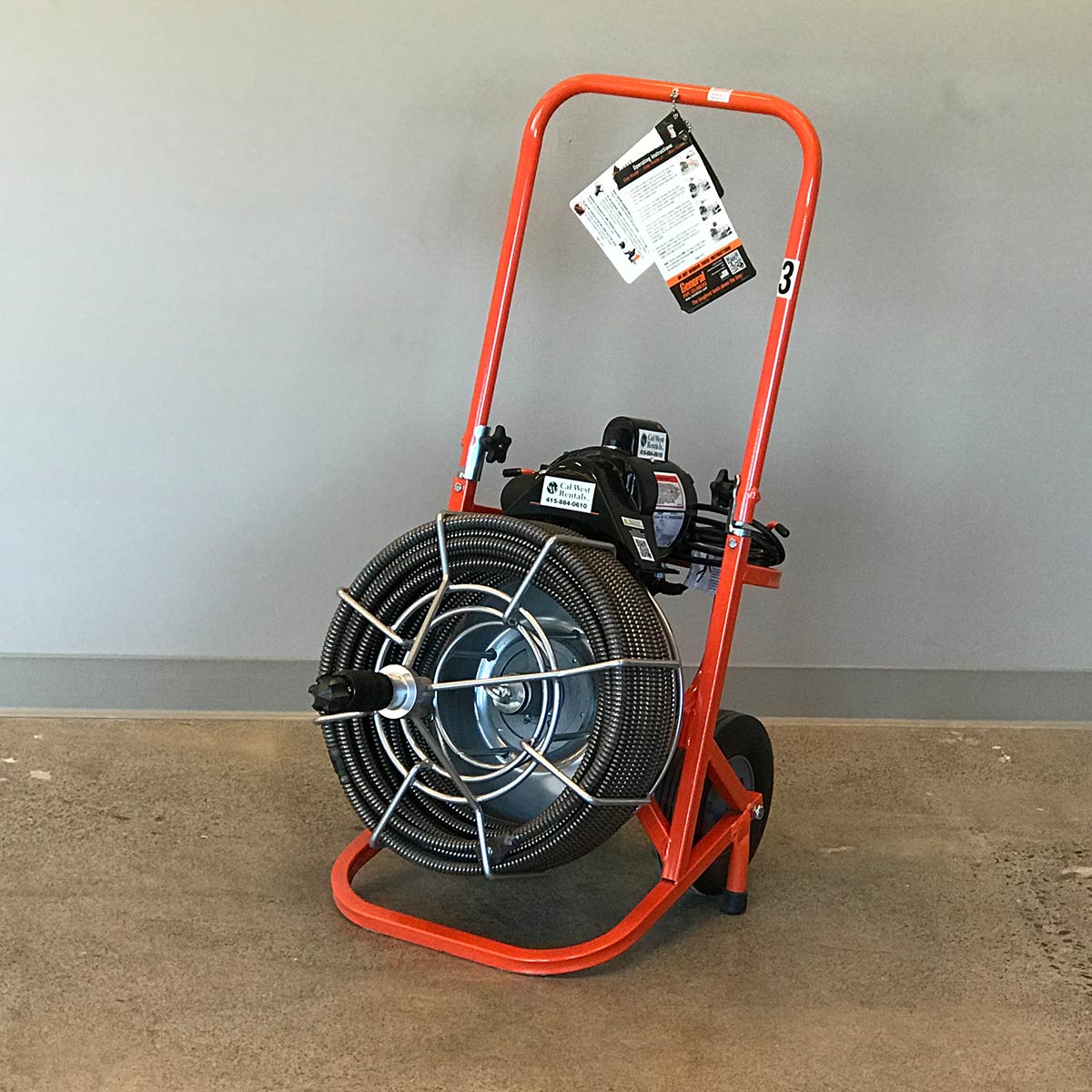
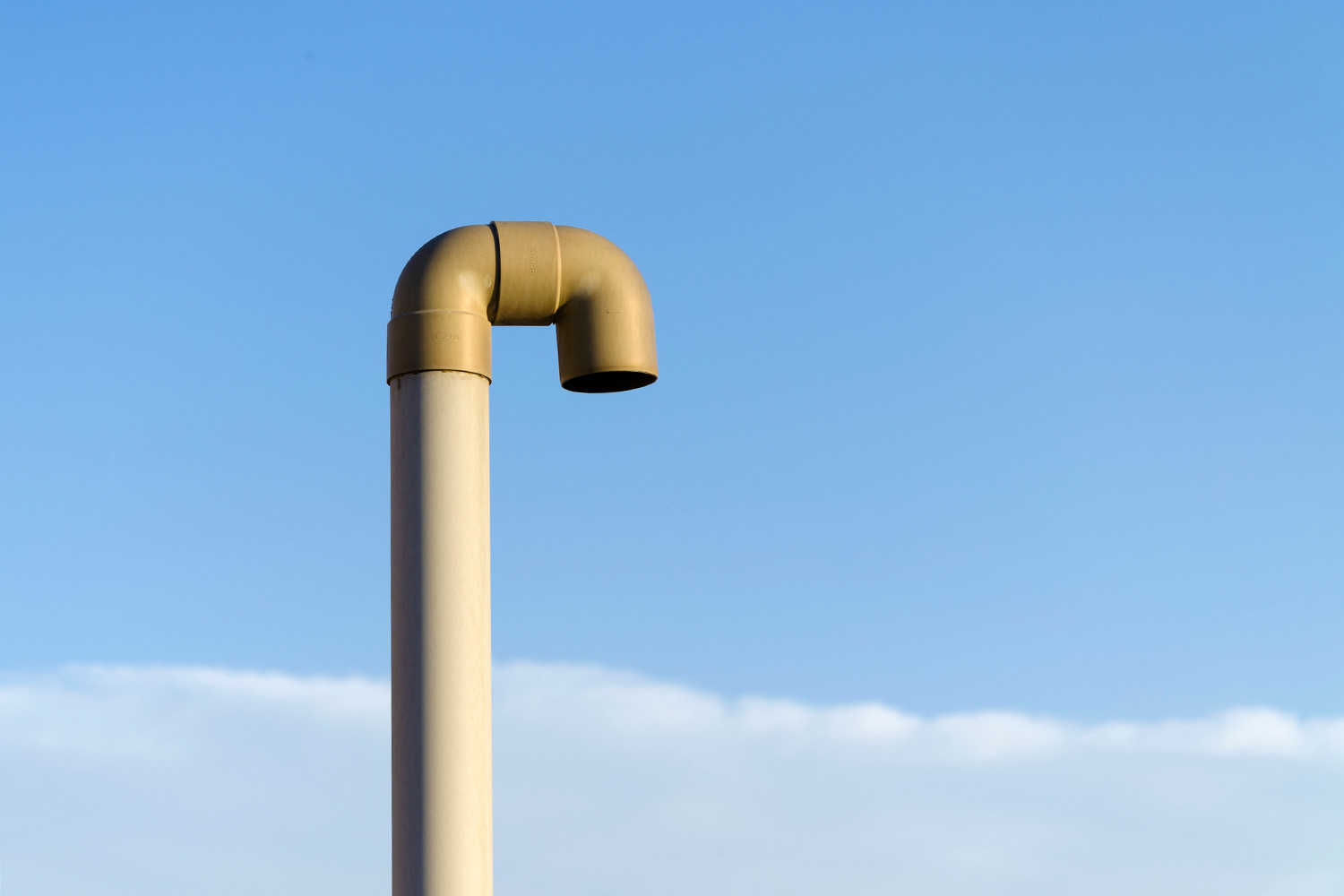
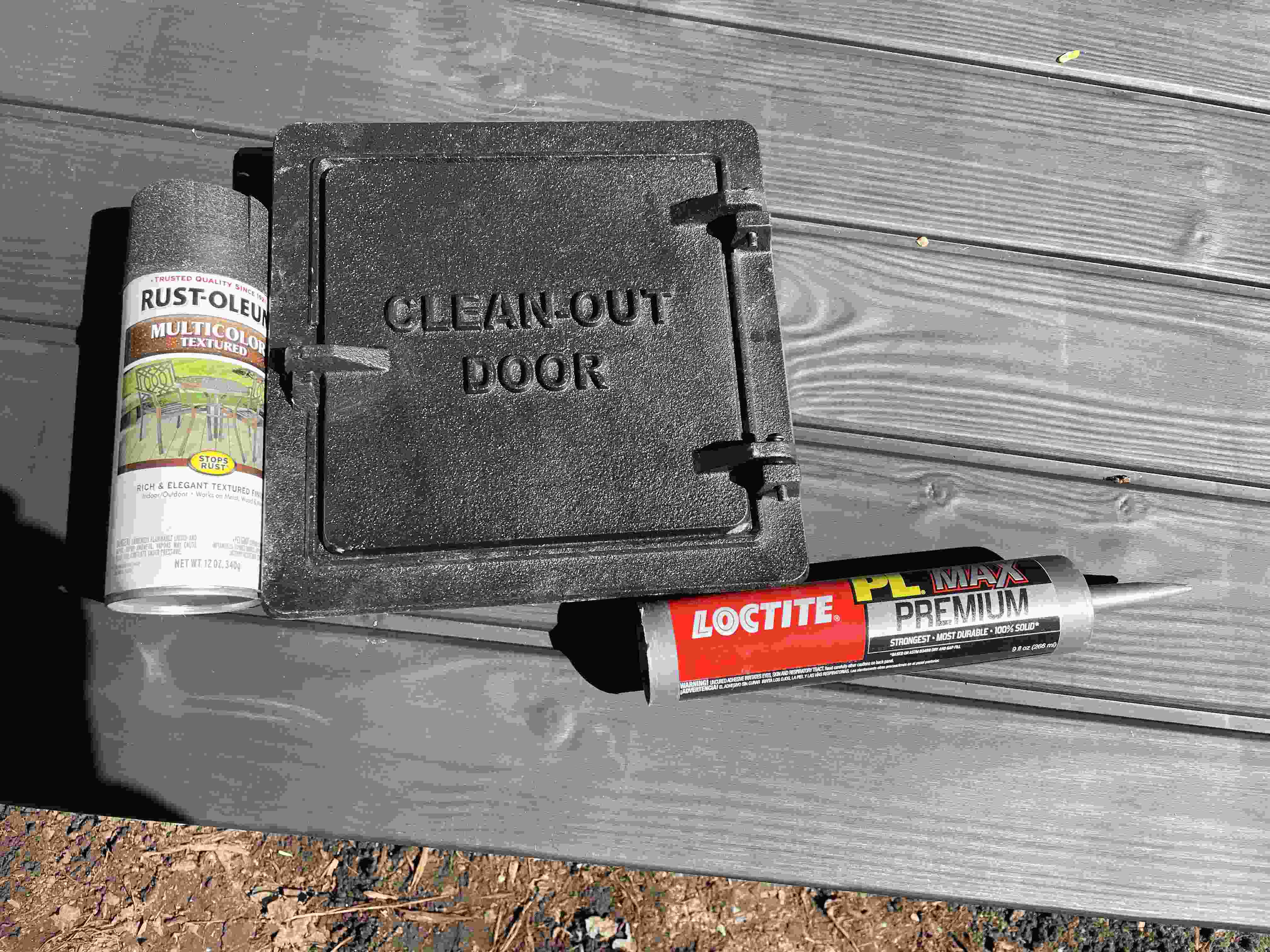
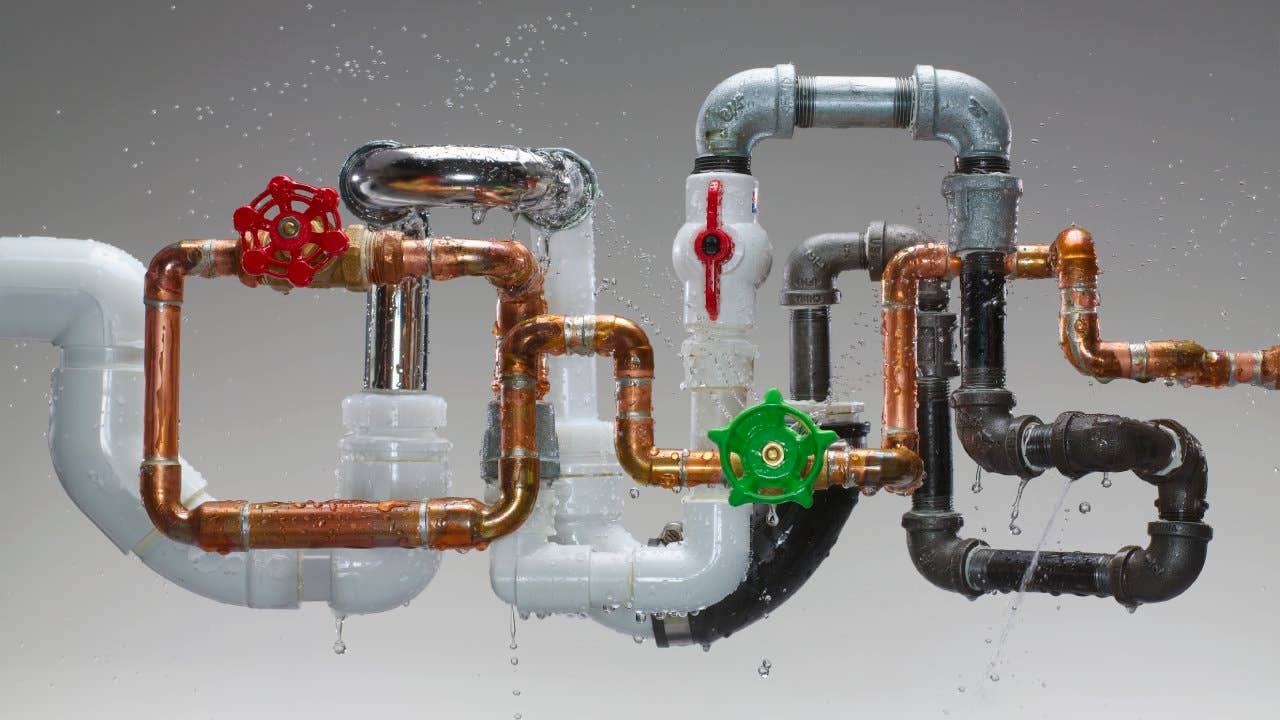
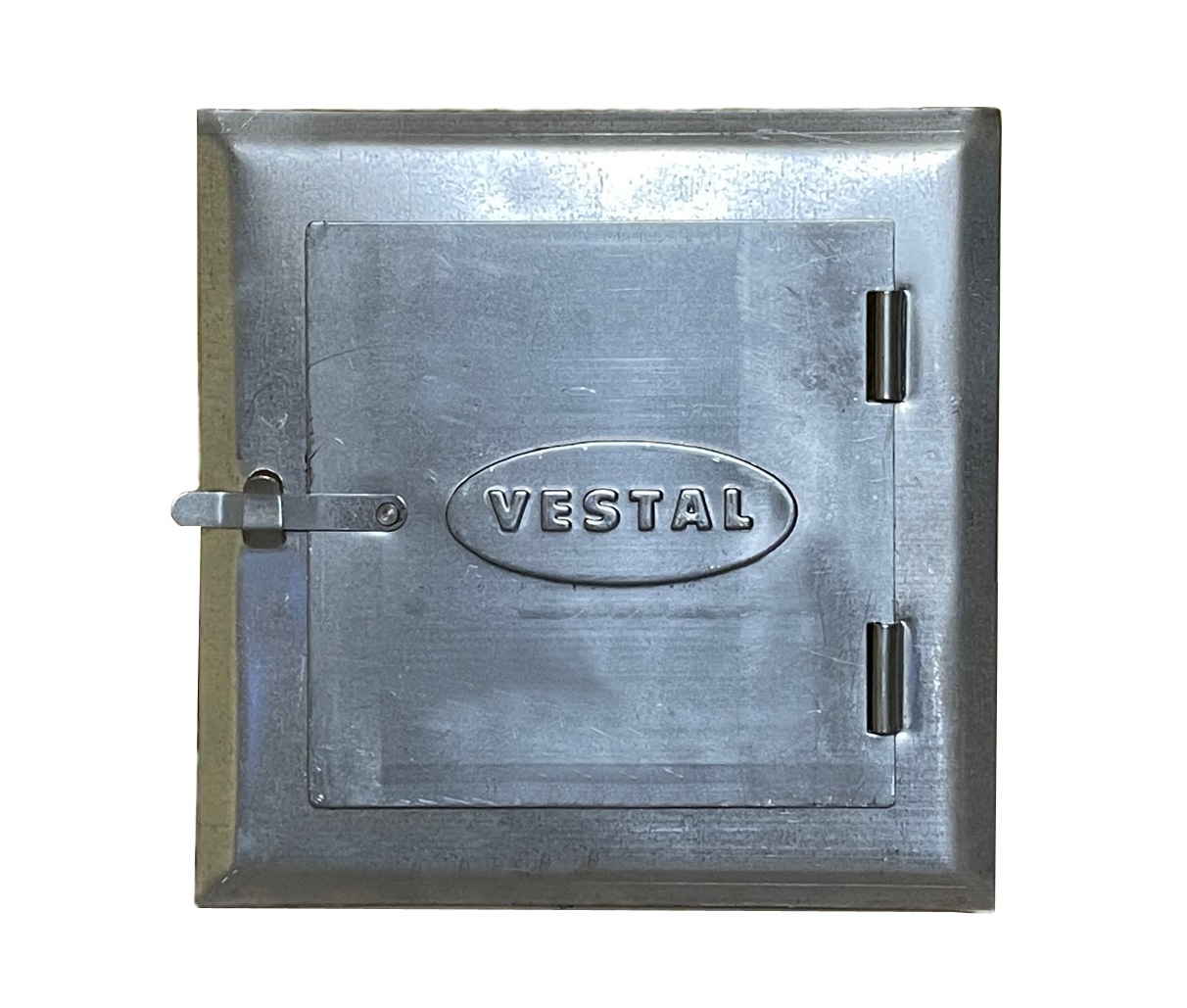
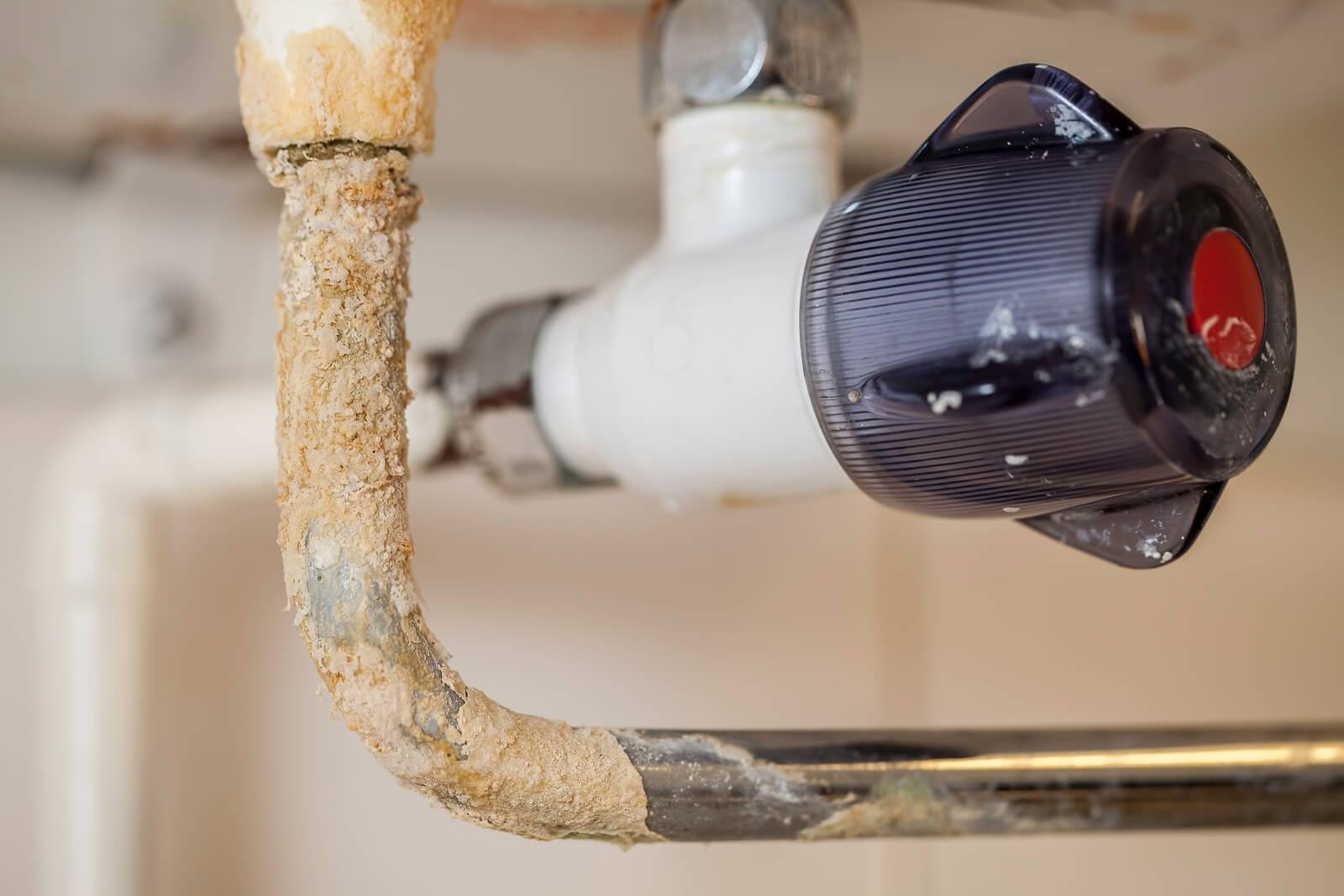
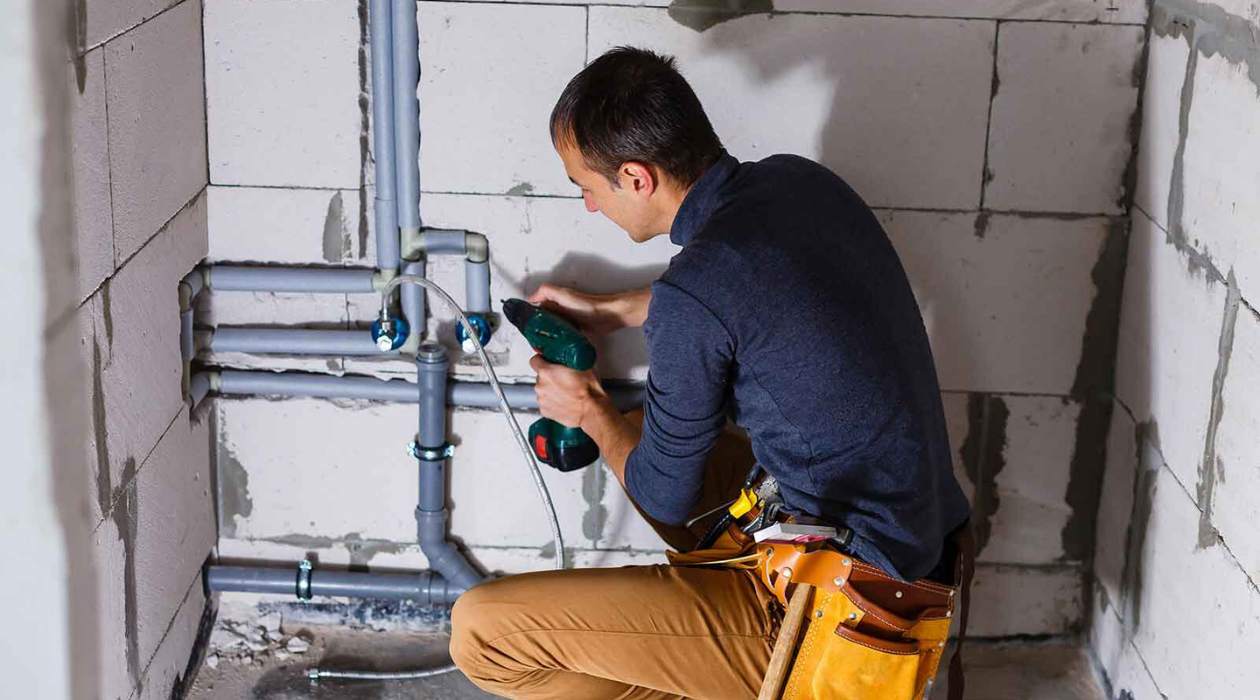
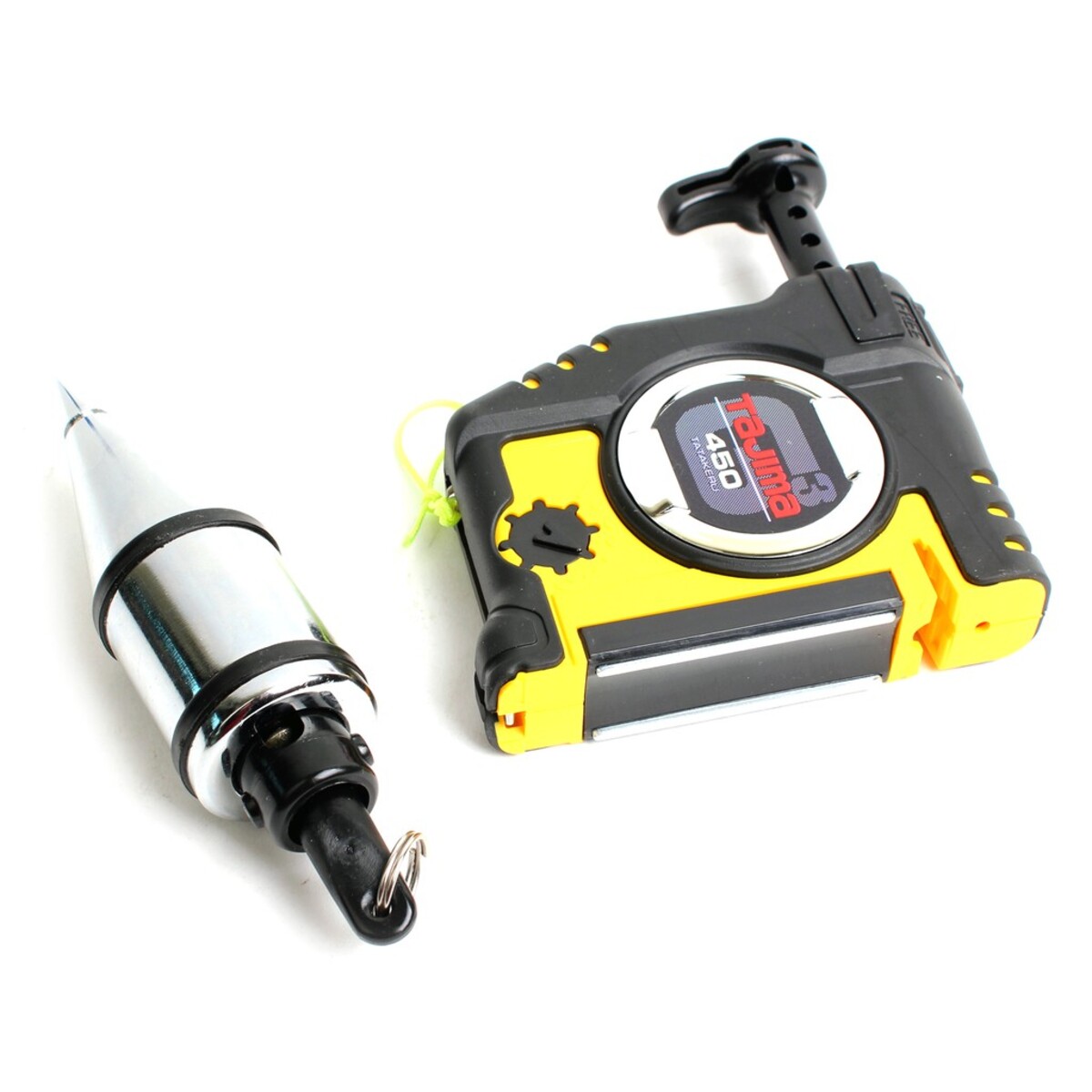
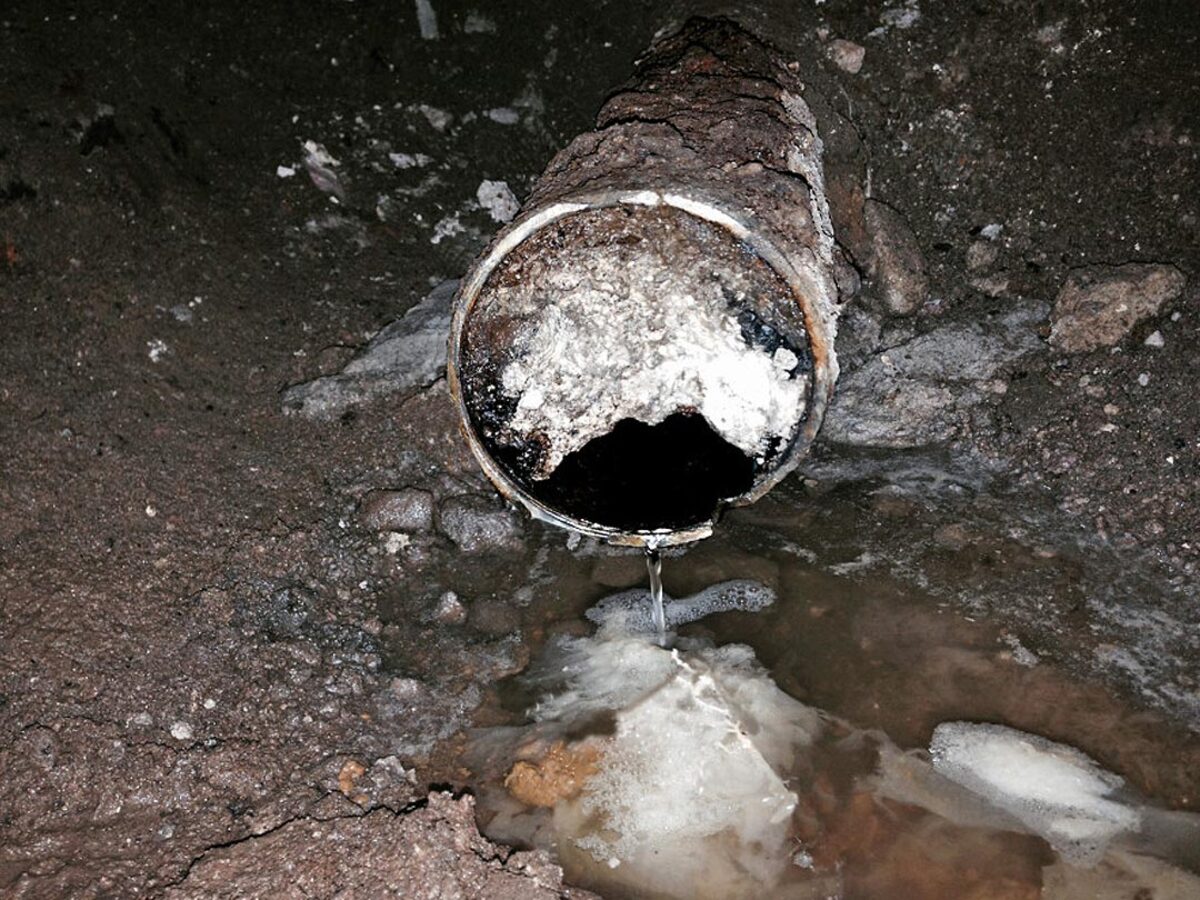
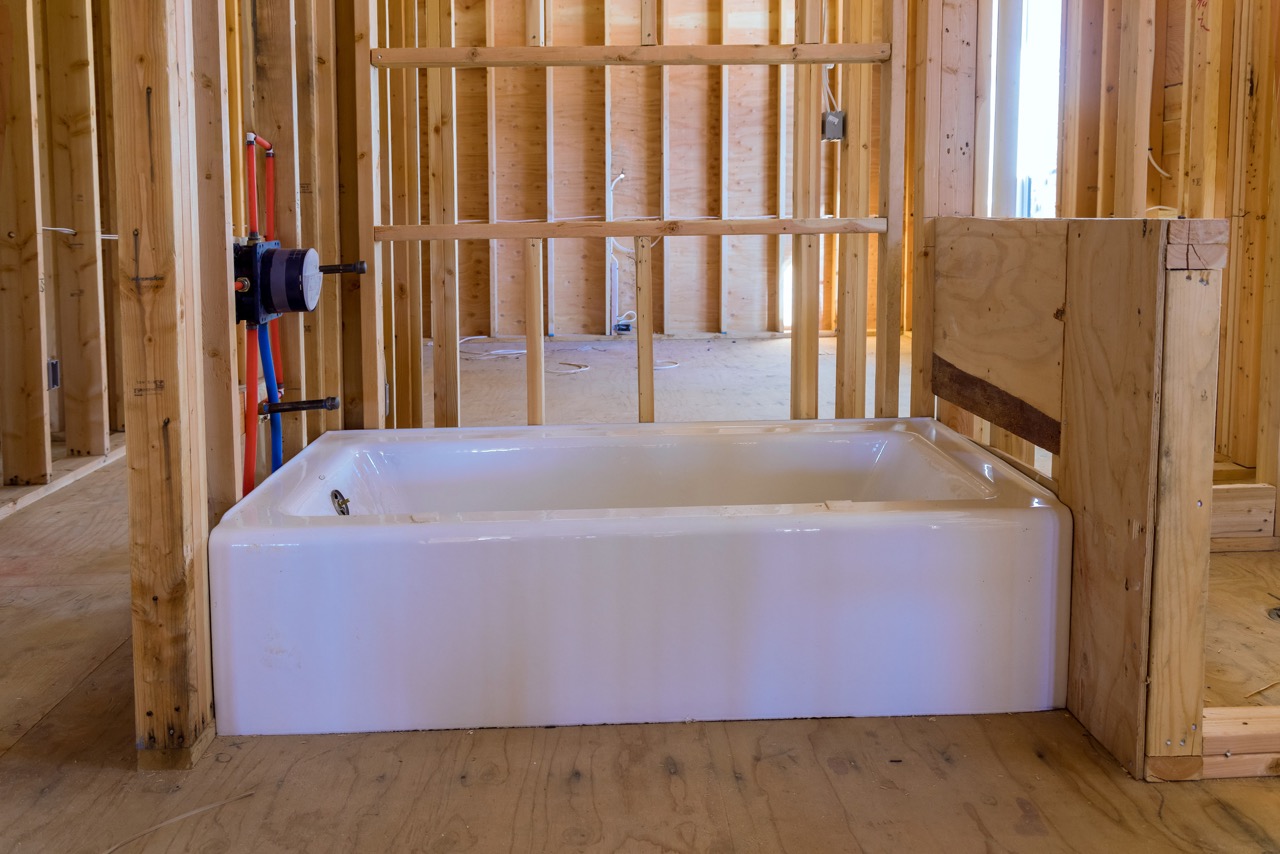
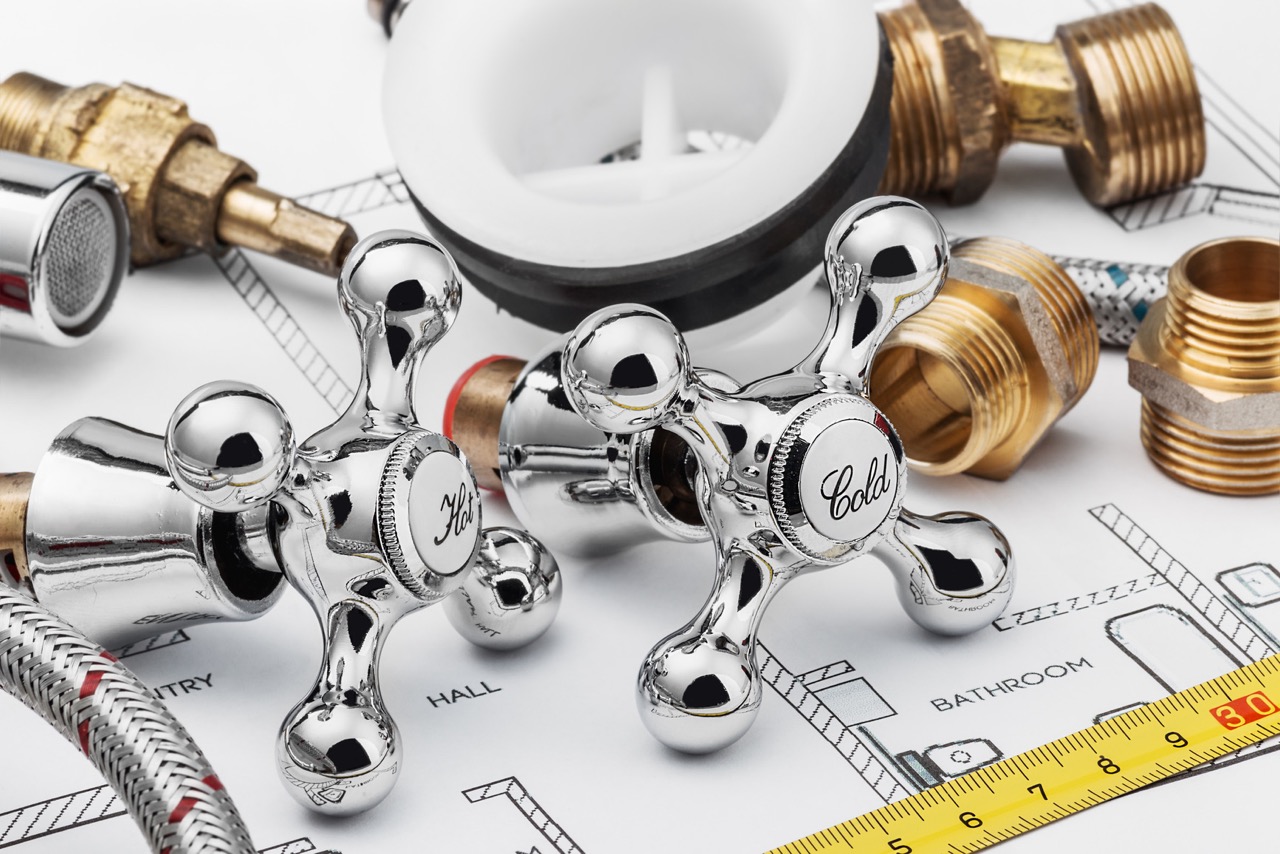
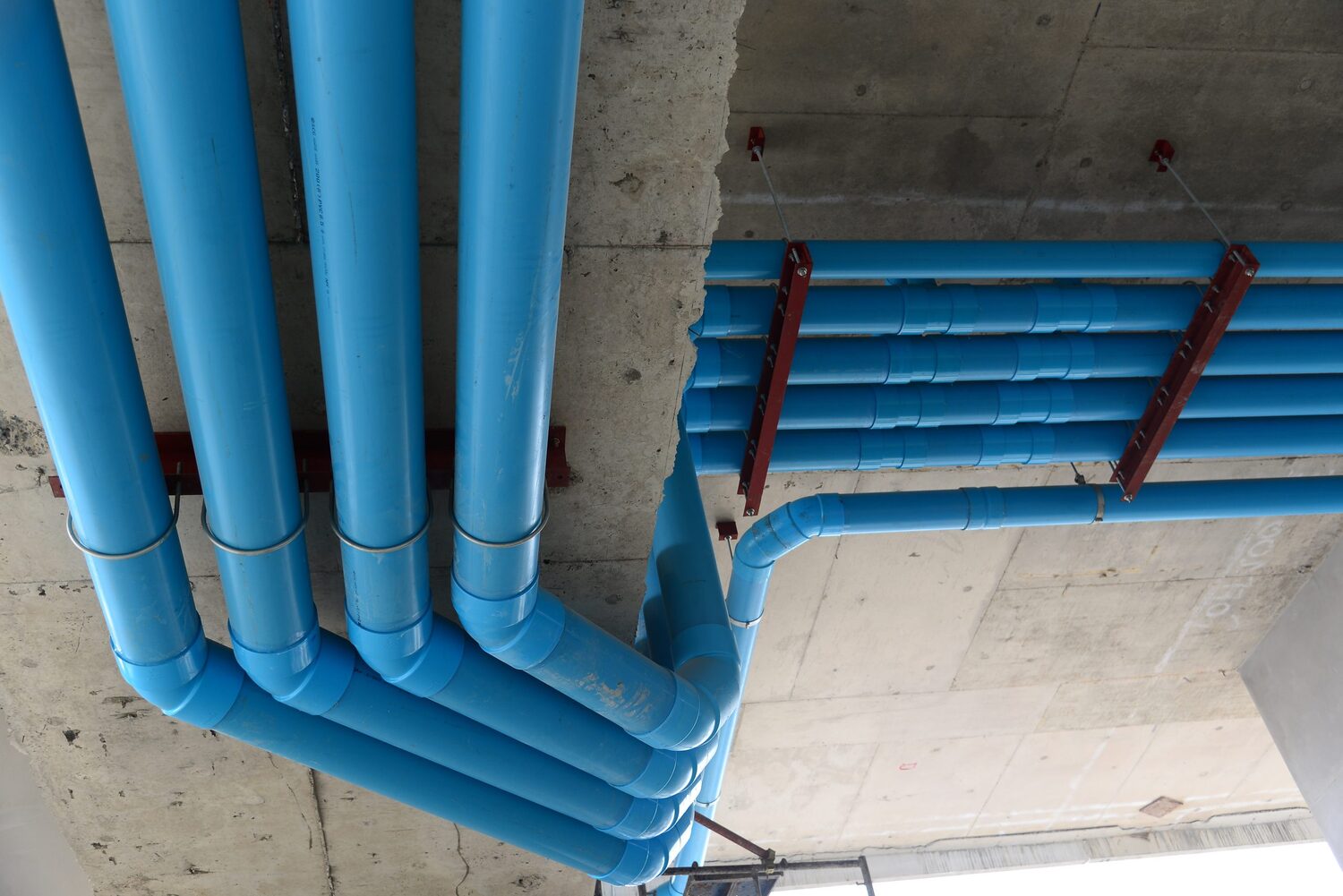
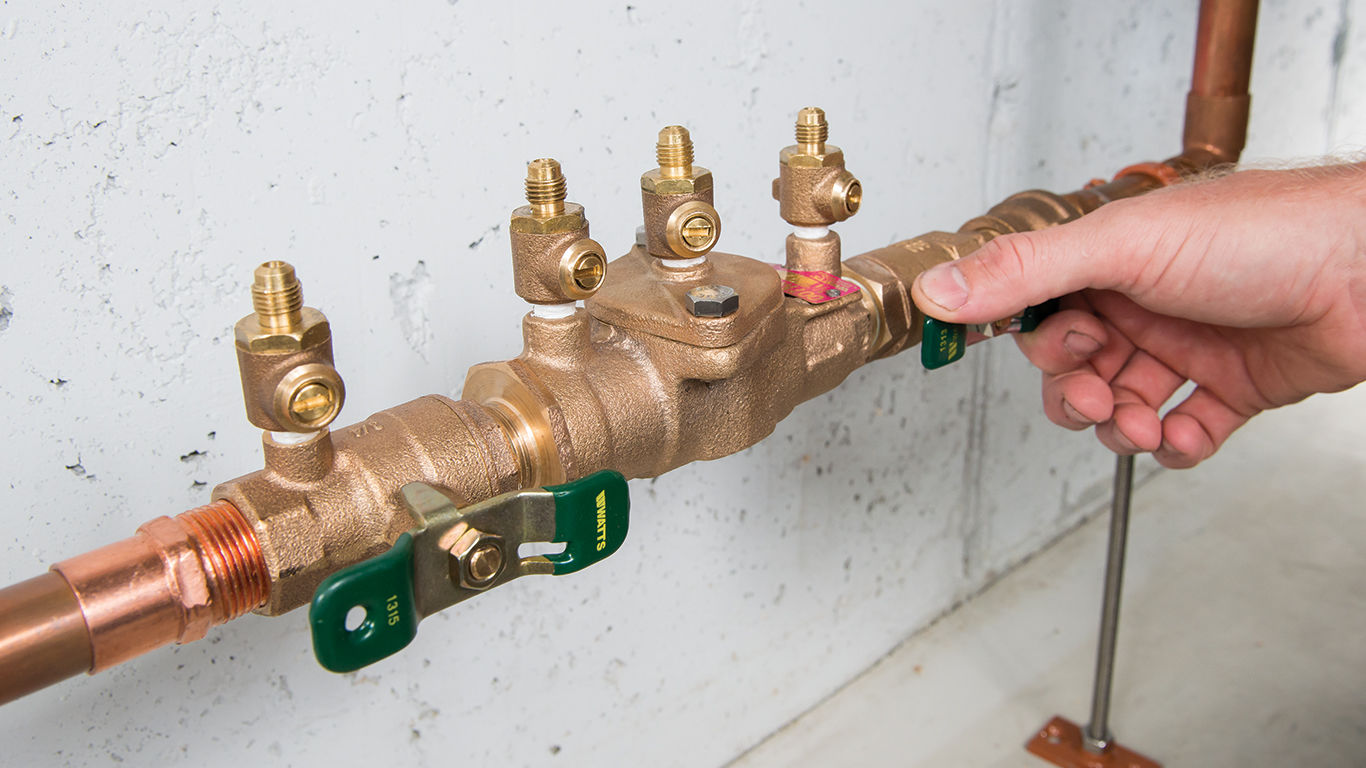
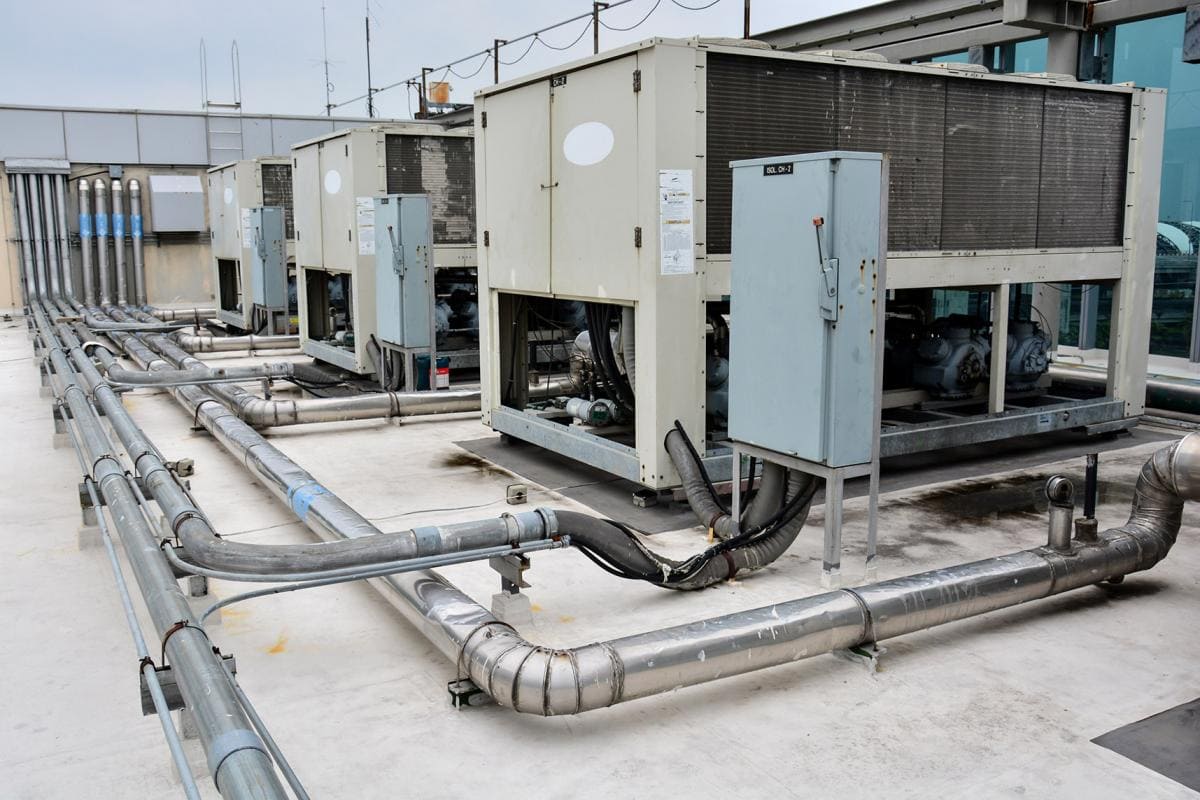

0 thoughts on “Where Is The Cleanout For Plumbing”